History shouldn’t be allowed to repeat itself, according to researchers who spent four years studying human and animal interactions in 15 countries.
Regardless of how the COVID-19 pandemic started, it’s clear that deadly diseases can jump from animals to humans ‒ and a new report from Harvard Law School and New York University finds we’re not doing enough to prevent another animal-borne virus from becoming the next global pandemic.
The study, which looked at common forms of animal-human interactions in 15 countries including the United States, found dozens of examples where viruses could make the leap. Researchers argued that simple policy changes could dramatically reduce the risk of such disease crossover.
Too much of the focus so far has been limiting the damage after a pathogen has already made the jump from animals and begun to spread among people, like Ebola did in 2014, SARS-CoV-2 in late 2019 and bird flu is threatening to do, said Ann Linder, the report’s lead author.
But pathogens are incredibly tiny ‒ 10,000 times smaller than the head of a pin, she said ‒ and can be highly contagious. “By the time you realize that there’s something going on, that outbreak may have metastasized past the point where it can be contained.”
Instead, said Linder, associate director of policy and research at the Animal Law & Policy Program at Harvard Law School, “we really need to shift our mindset and our focus on(to) preventative policy. We can’t be chasing down these outbreaks after the fact.”

That’s why she and her colleagues have spent the last four years looking for weak spots, areas of animal-human interactions where viruses could potentially leap from one to the other. Unfortunately, they found a lot of them.
In the United States alone, the report flags the exotic pet trade, live animal markets, bat guano harvesting, guinea pig and ferret farming, coyote and fox urine production, roadside zoos, animal fighting, fur farming, commercial farming and many other potentially dangerous settings.
“This is a global problem,” said Dr. W. Ian Lipkin, a professor of epidemiology at the Columbia University Mailman School of Public Health, who was not involved in the research.
Lipkin has long called for shuttering wet markets like the one in Wuhan, China, where COVID-19 may have originated, and following more stringent safety procedures at scientific research laboratories, like the one, also in Wuhan, where some think the virus that causes COVID-19 may have begun. “Finger-pointing is not productive,” he said.
So-called zoonotic diseases have always existed ‒ smallpox, HIV/AIDS and last year’s monkeypox outbreak are additional examples ‒ but researchers think they’re becoming more common as interactions between humans and animals increase with climate shifts, urban expansion, global travel and other changes.
“The general understanding is that the more frequent such interactions are, the (more the) risk of disease transmission heightens,” said Suresh Kuchipudi, chair of infectious diseases and microbiology at the University of Pittsburgh School of Public Health.
The report points out that these problems don’t just happen in far-off lands, said Kuchipudi, who was not involved in the study but reviewed it as an independent scholar. “We always think this must be happening in some other part of the world,” he said. “We have the same sort of activities right in our backyard. The risk exists regardless of the geography and cultural practice.”
Pushback from industry
Linder said her biggest concerns include industries that are “poorly regulated or not regulated at all.”
The report flags the U.S. mink industry as one that should be better regulated or eliminated because it poses a risk to human health and its products are unnecessary luxuries.
Not surprisingly, the mink industry disagrees with the finding that its industry is unsafe.
Mink farmers are careful stewards of both public and animal health, said Challis Hobbs, executive director of Fur Commission USA, the organization that represents U.S mink farmers. Mink are sold through auction houses and must be certified and follow biosecurity standards to go to market, he said via email.
Early in the COVID-19 pandemic, American mink farmers, at their own expense, helped develop and deliver a vaccine to protect mink from catching the SARS-CoV-2 virus, Hobbs noted.
In the U.S., mink farms participated in weekly testing for the SARS-CoV-2 virus for a long time and now tests sporadically, Hobbs said.
“We continue to work closely with federal, state, and local agencies to take all necessary precautions to protect humans and wildlife and prevent the spread of diseases,” he said. “We adhere to rigorous animal welfare and biosecurity standards, just like other livestock industries.”
Simple changes can make a big difference
Lipkin described a research trip to Saudi Arabia to study the transmission of Middle East Respiratory Syndrome, known as MERS, a SARS-like virus first identified in 2012.
MERS was believed to be transmitted via camels but no one could understand how people in major cities like Riyadh were catching the disease when there were no camels in the area.
Lipkin visited two slaughterhouses. Following tradition, at sundown, each would begin by slaughtering camels, then cows, then sheep. In one of the slaughterhouses, the butchers used high-pressure hoses to clean off the animal meat before shrink-wrapping it for sale; in the other, they didn’t take this step.
Lipkin found extremely high levels of viral material on the beef and sheep meat in the sites where hoses weren’t used and no viral material where they were.
Lipkin said he remains concerned about the overuse of antibiotics in animal agriculture, which increases the risk that these essential drugs won’t work when people need them.
Inexpensive genetic analysis can now be used to quickly test wild or farmed animals to see what pathogens they carry that might pose a risk to humans, he said. People who work closely with animals can also get their blood tested to see if they carry antibodies indicating they’d previously been infected with an animal-borne virus.
Policy changes to reduce risk
The report proposes a handful of policy changes in all 15 countries, spanning Africa, Asia, the Americas, Europe, the Middle East and Australia. They include enhanced regulation and monitoring of animal markets and their supply chains; improved public health protections across the livestock industry, the wildlife trade and wildlife farming industries; and policies that support sustainable agricultural practices.
Kuchipudi said it’s a matter of balance between food security, economics and the health of animals and people.
“Can we stop all animal operations?” No, he said. “It’s not a solution and also not appropriate.”
But risks can be reduced, particularly when people are made aware of them, through reports like this one, Kuchipudi said.
He also said known risks should be reduced through procedures like pasteurizing all milk and milk products, processing animals carefully and either avoiding petting zoos or making sure children wash their hands thoroughly after touching animals and don’t kiss them.
Such precautions are also important for the animals, Kuchipudi said, recalling many pets caught COVID-19 from their human families.
“We really need to recognize that by protecting our animals we protect our (own) health. And vice versa,” he said. “By protecting our environment, we’re also protecting human health and also animal health. They’re almost inseparable.”
The group Mercy for Animals, an international nonprofit animal protection organization, also supports this concept, dubbed One Health.
Mercy for Animals has launched a campaign against using “downed pigs” ‒ pigs that are too sick, weak or injured to walk on their own ‒ in the food supply.
Allowing such sick pigs into the food supply and exposing workers to them creates an unnecessary risk to human health, said Frances Chrzan, the organization’s senior federal policy manager.
Many public officials are concerned, for instance, that pigs will catch the bird flu circulating in poultry flocks and dairy farms. Pigs are known to be the mixing vessels for influenza, enabling it to transform from an animal-only virus to one that can also infect people, as happened in the 2009 swine flu epidemic, said Dr. Walter Sanchez-Suarez, a veterinarian and animal welfare scientist with Mercy for Animals.
“There is a ticking bomb knowing this (bird flu) virus is everywhere and they are providing the perfect conditions for this zoonotic spillover event to really take place,” he said.

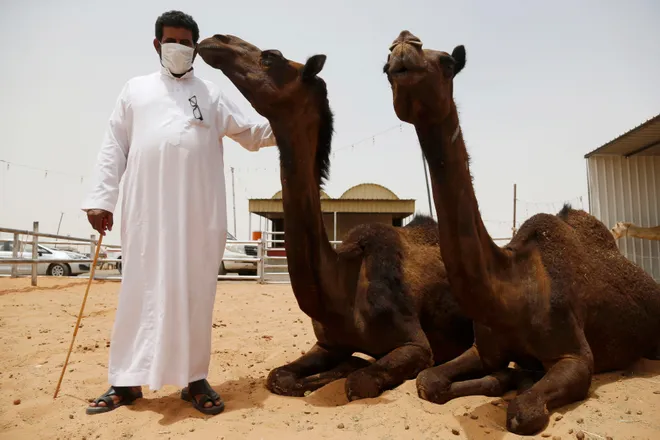

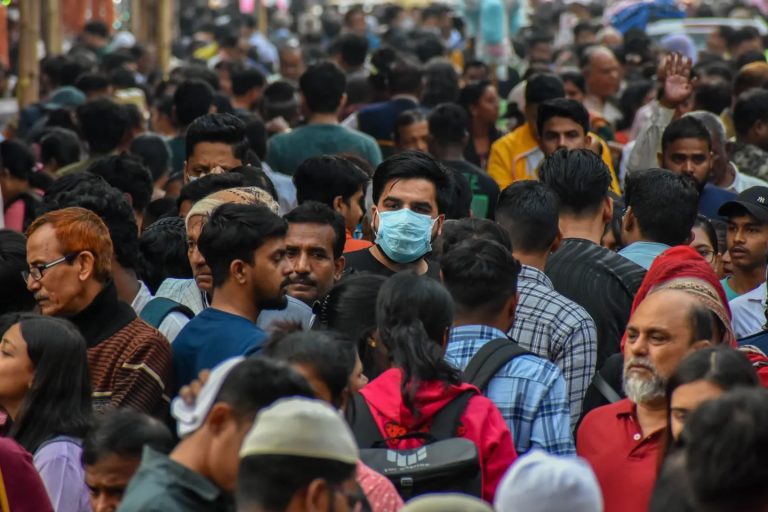
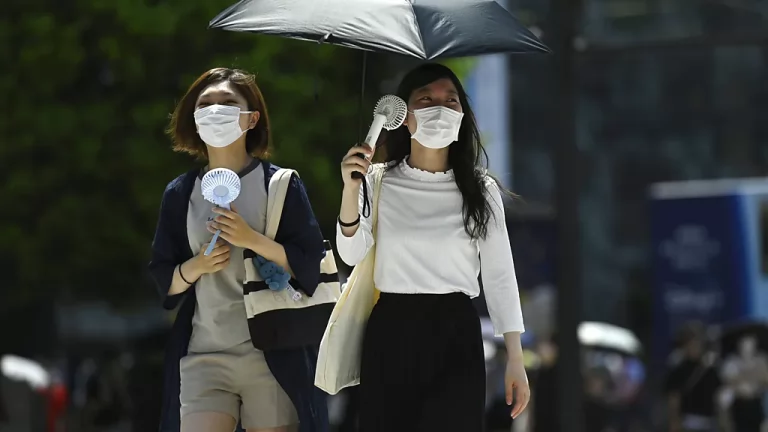
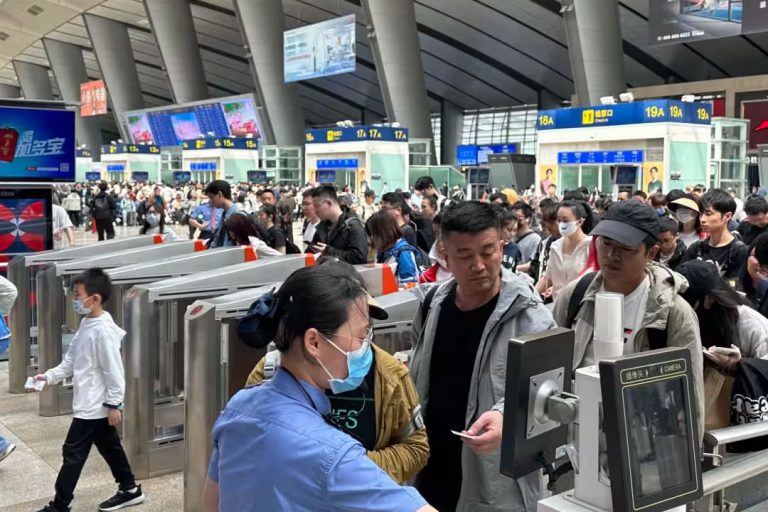

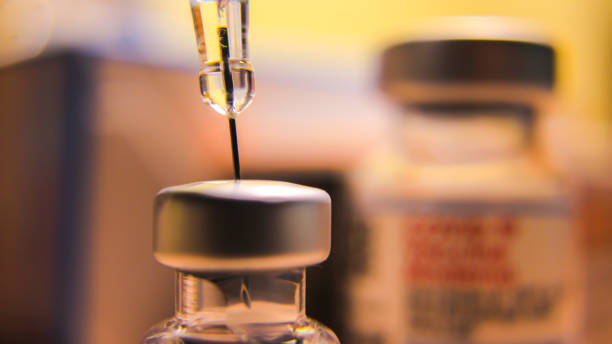
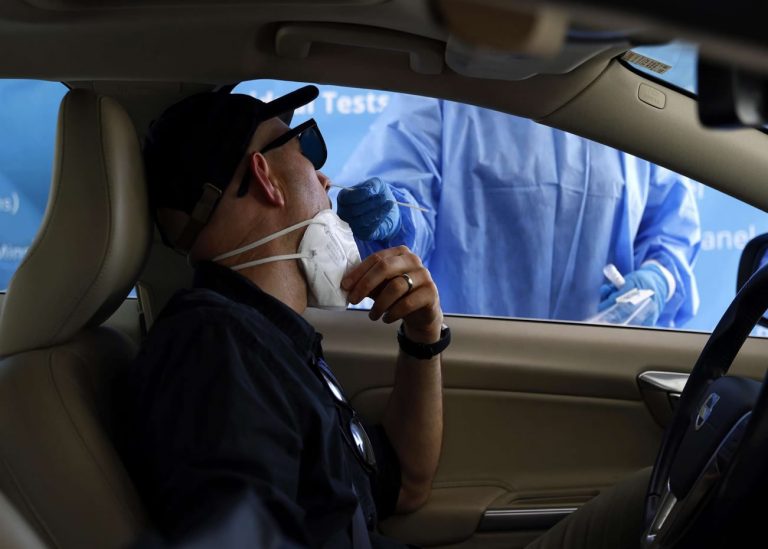
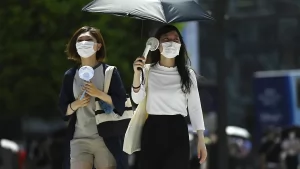
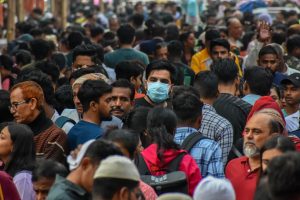
+ There are no comments
Add yours